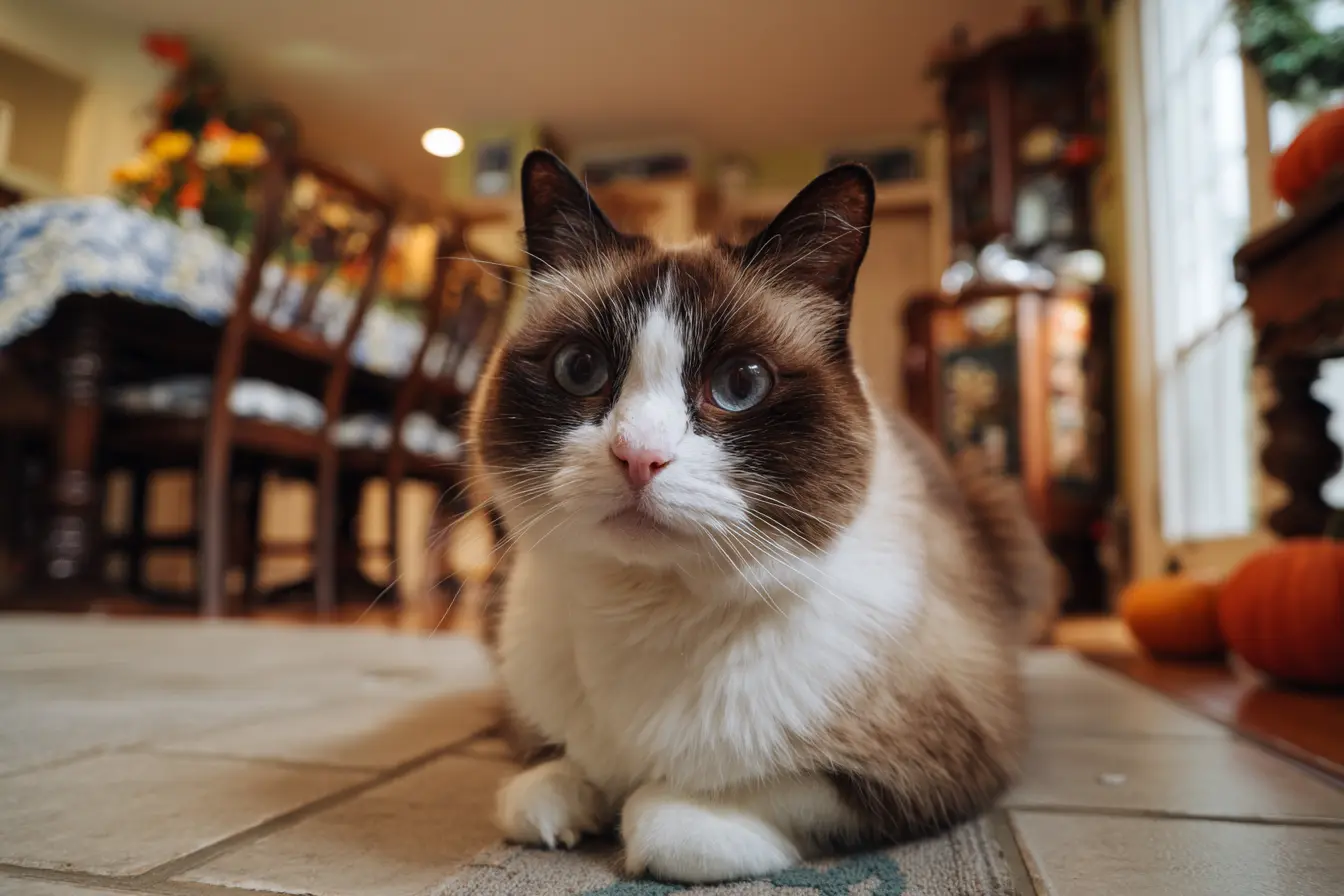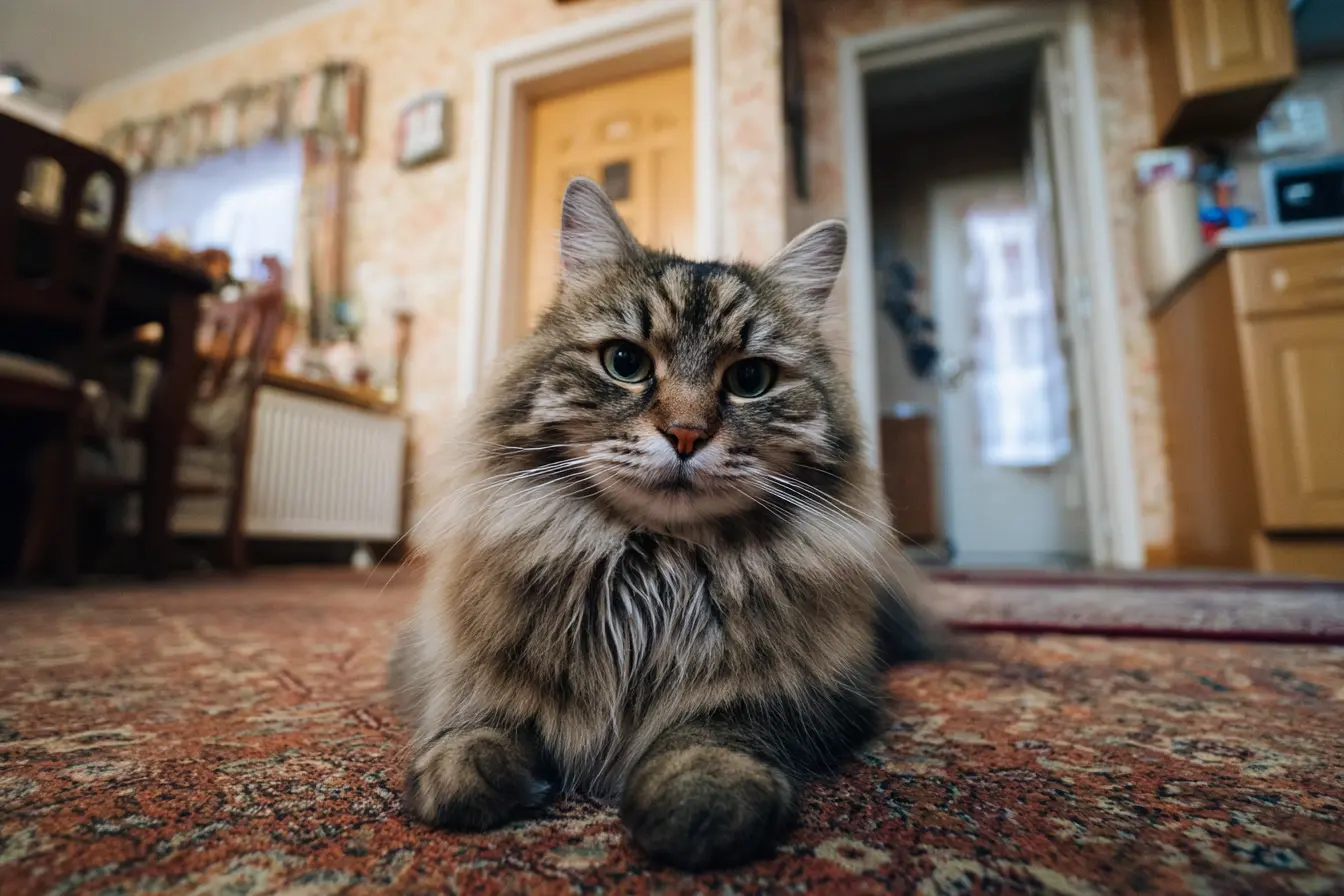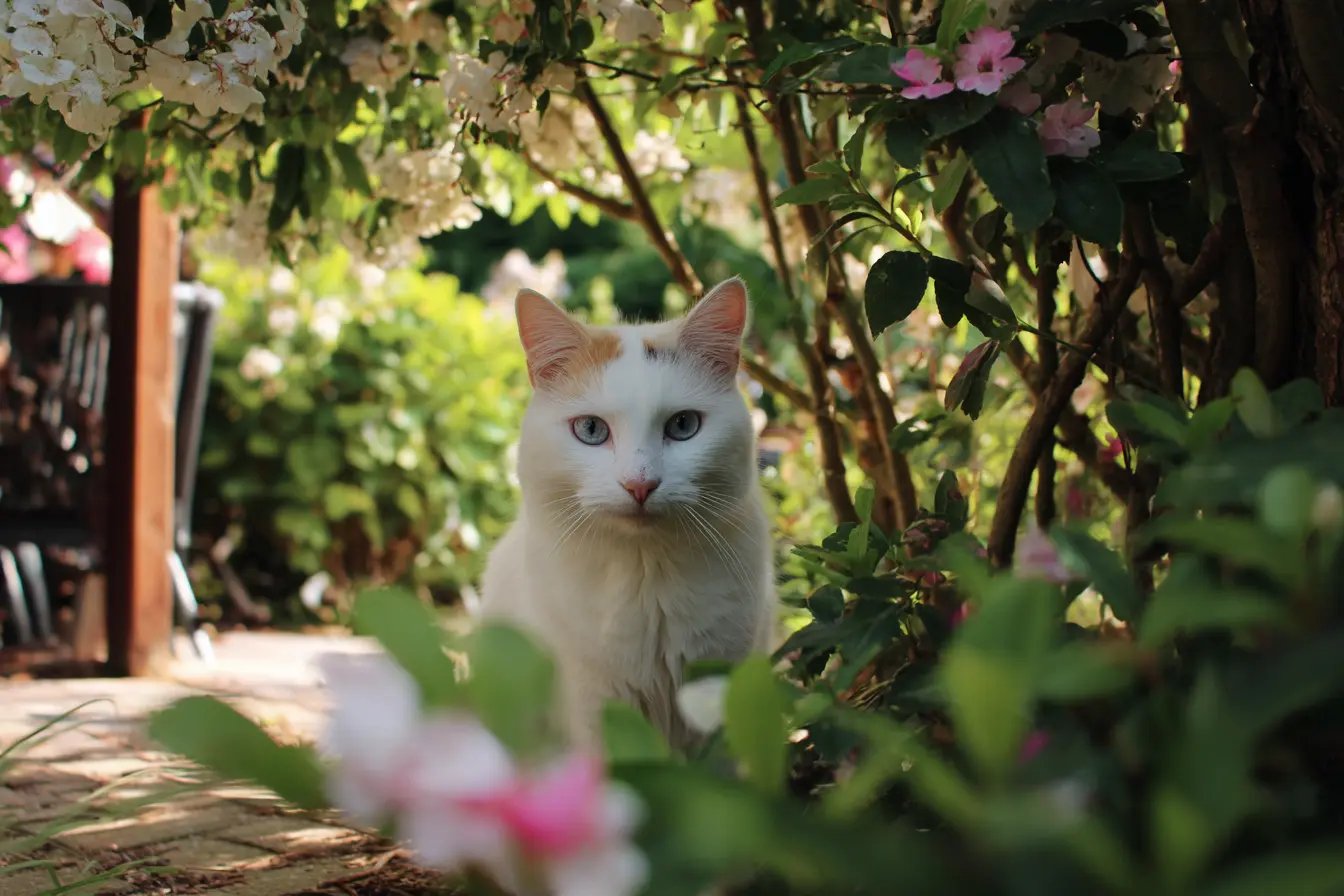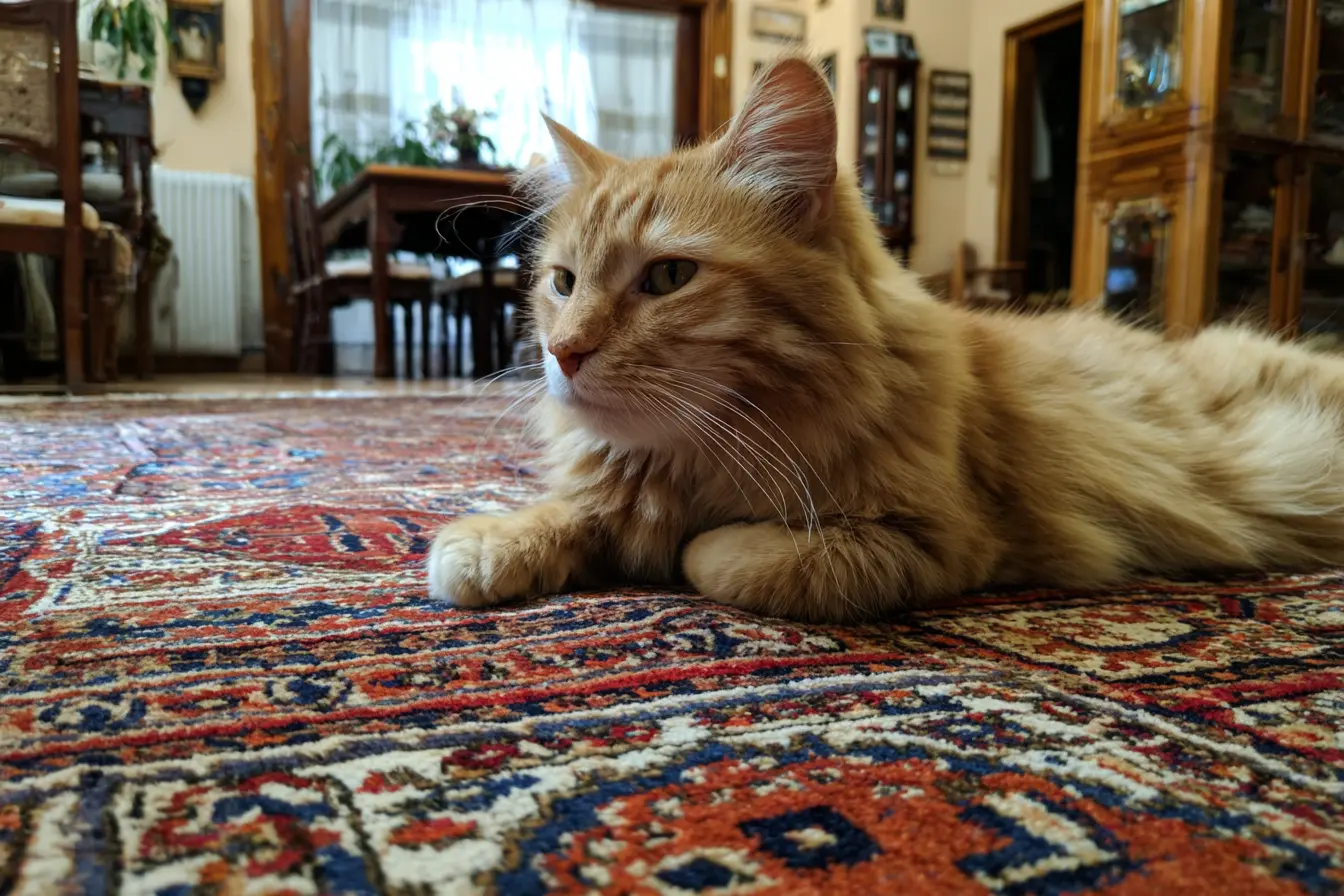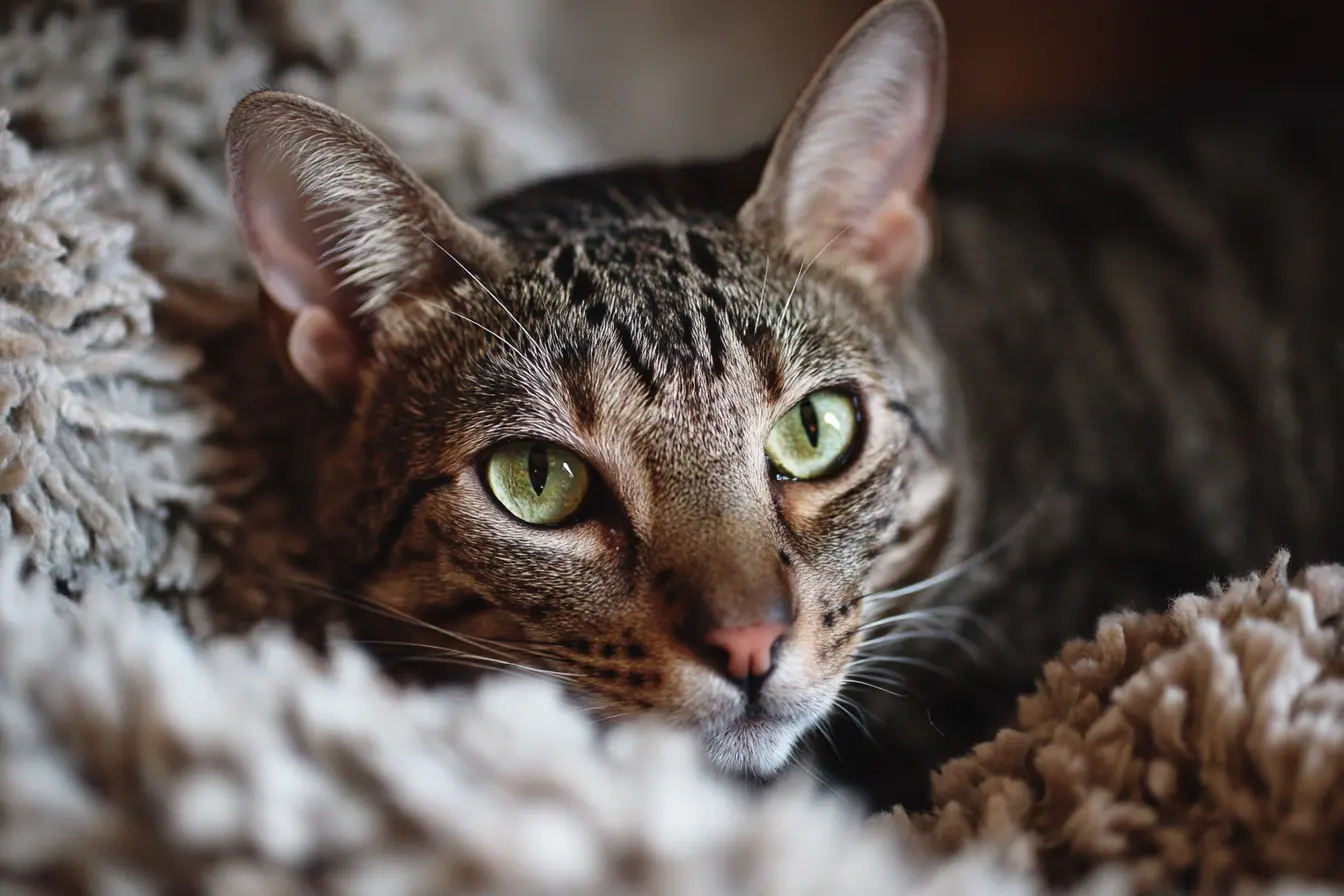
The Ocicat: A spotted beauty with a sociable spirit
With its wild appearance and affectionate nature, the Ocicat is a breed that turns heads and steals hearts. Despite its exotic looks, the Ocicat is a completely domestic breed with no wild ancestry. It combines the bold, spotted coat of a jungle cat with the gentle temperament of a devoted companion. This blog explores the Ocicat’s origin, personality, grooming needs, and suitability for different types of homes.
Breed history and characteristics
The Ocicat was first developed in the United States in the 1960s by crossing Siamese, Abyssinian and later American Shorthair cats. The goal was to create a breed with the appearance of a wild cat but with the temperament of a domestic one. The result was a striking cat with a muscular build and distinctive spotted coat that mimics that of an ocelot — hence the name “Ocicat”.
Ocicats are medium to large in size, athletic and well-muscled. They have almond-shaped eyes, large ears, and a short, satiny coat covered in thumbprint-like spots. They come in a wide range of colours including tawny, chocolate, cinnamon, blue, fawn and silver variations. Their overall look is sleek, strong and exotic.
Temperament
Ocicats are confident, outgoing and highly sociable. They are often described as “dog-like” in their behaviour, forming strong bonds with their families and following their humans around the house. They thrive on interaction and are not shy with visitors or new environments.
These cats are very intelligent and enjoy engaging with toys, learning tricks, and even playing games like fetch. They are known for their curiosity and love exploring cupboards, climbing furniture and perching in high places. They tend to get along well with other pets and children, making them a great choice for busy households.
While they are affectionate and people-oriented, Ocicats are also quite independent and don’t need constant attention to be content. They do, however, dislike being left alone for long periods and may become lonely without companionship.
Health and lifespan
Ocicats are generally healthy and robust cats, with a lifespan of 13 to 18 years. Because they were bred from strong foundation breeds, they have good genetic diversity. However, a few health concerns may appear in some lines, including:
- Hypertrophic cardiomyopathy (HCM)
- Renal or liver issues
- Gingivitis and other dental problems
Regular veterinary check-ups, a balanced diet and good dental hygiene are essential for maintaining their health.
Grooming and care
The Ocicat’s coat is short, smooth and lies close to the body, requiring very little grooming. A quick weekly brush or rub with a grooming mitt will help remove loose hairs and keep their coat shiny.
They are relatively low-shedding cats, and their coat tends to stay clean. Routine care such as nail trimming, ear cleaning and dental maintenance should be part of their overall grooming routine.
They are active cats and benefit from daily playtime and access to vertical spaces such as shelves or cat trees.
Living environment
Ocicats adapt well to various types of homes, from flats to larger houses. What matters most is that they have stimulation and interaction. They are well suited to households where someone is often at home or where they have other pets for companionship.
They do best as indoor cats or with secure outdoor access, such as an enclosed garden or balcony. Their friendly nature and lack of fear can make them vulnerable if allowed to roam freely outdoors.
Provide plenty of enrichment through toys, puzzle feeders, scratching posts and climbing furniture to keep their minds and bodies engaged.
Training and socialisation
Highly intelligent and eager to please, Ocicats take well to training. They can learn to walk on a lead, respond to their name, play fetch, and use puzzle toys with ease. Clicker training works particularly well with them.
Early socialisation is important, but most Ocicats are naturally confident and friendly. They typically enjoy meeting new people and adapt well to changes in routine or environment, making them good travel companions for owners who move or holiday frequently.
Considerations for prospective owners
- Ocicats are active and social, and they need plenty of mental and physical stimulation
- They are affectionate but not overly clingy — ideal for people who want an interactive but independent cat
- Their grooming needs are minimal, making them low-maintenance in terms of coat care
- They do best with companionship, whether human or feline
Conclusion
The Ocicat is a striking blend of beauty and brains, offering the wild appearance of a jungle cat with the loving temperament of a domestic pet. For those seeking an outgoing, intelligent, and playful companion, the Ocicat offers a unique and rewarding experience.
If you're considering welcoming an Ocicat into your life, speak with reputable breeders or visit breed-specific rescues. Take time to learn about their personality and care needs to ensure they're a good match for your home. Like all pets, Ocicats are a lifelong commitment — and one that brings endless energy, affection and charm.
Vets near you
Speciality vets
- Aquatics vet specialists
- Birds vet specialists
- Camelids vet specialists
- Cats vet specialists
- Cattle vet specialists
- Deer vet specialists
- Dogs vet specialists
- Equines vet specialists
- Exotic vet specialists
- Goats vet specialists
- Pigs vet specialists
- Poultry vet specialists
- Sheep vet specialists
- Small Mammals vet specialists
- Wild vet specialists
